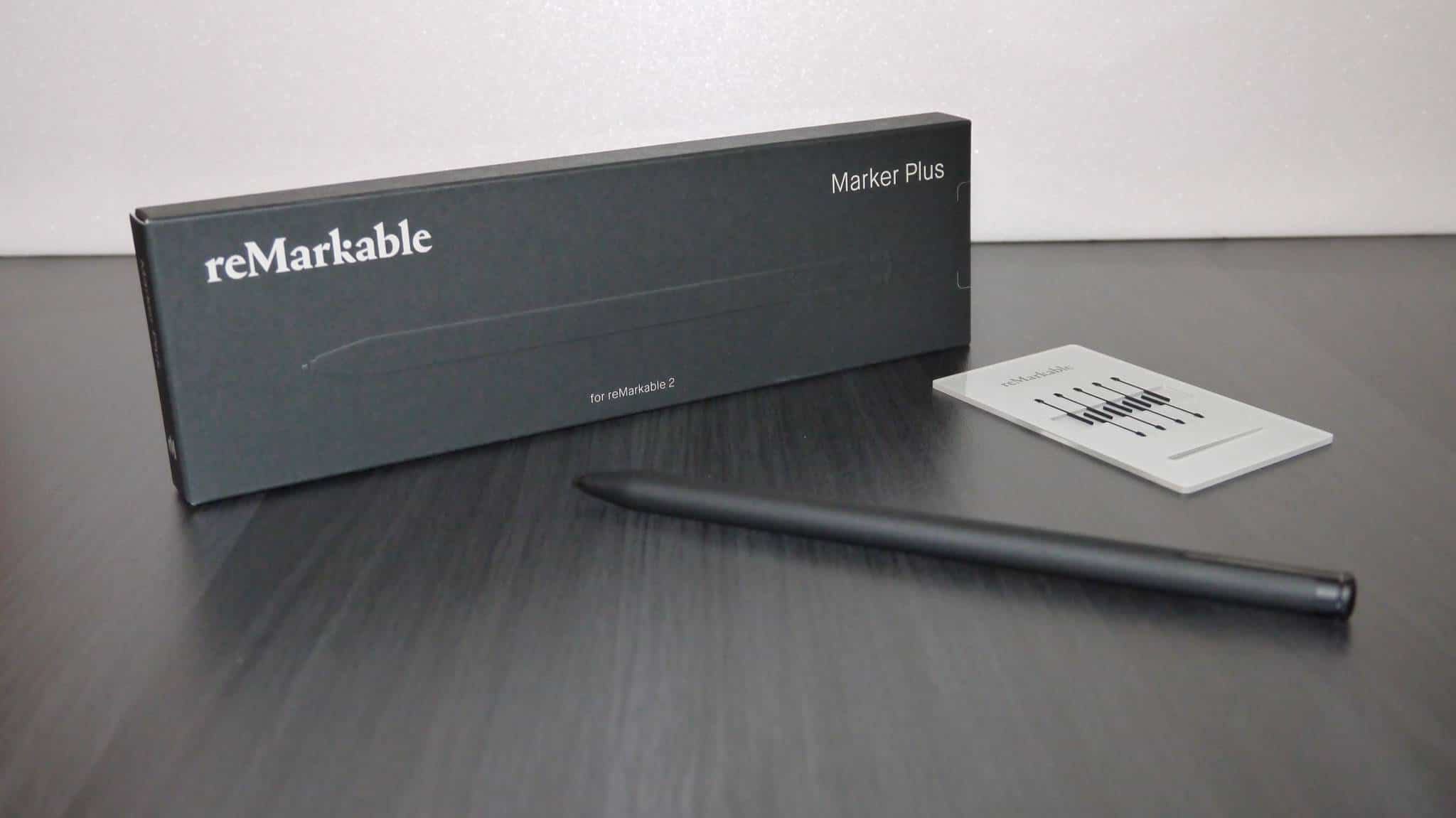
E INK has confirmed that they are developing a second generation model of their Print Color E-Paper or the better known marketing name of Kaleido. It will be launched sometime in 2021 and will be able to display more colors and the front-light doesn’t always need to be on to display proper color accuracy.
The screen size of 2nd generation colored e-paper will be further enlarged, and the scope of applications will also be expanded to include advertising billboards and ID cards in addition to current ones such as electronic shelf labels (ESLs) and e-book readers. This will pave the way for larger screen devices such as e-notes, that have larger screens.
Kaleido e-paper can produce color for each pixel that is displayed on the screen. This includes red, green, blue, black or white. Colors can be combined to give you different colors or shades. The way it works is if you want light blue, blue will be toned down and white will be brighter. If you want orange, then yellow and red would be blended. The current technology is only capable of rendering 4,096 different colors at 100 PPI. I was told that the PPI for color will be doubled, but they want to get close to 300 PPI. The number of colors that are able to be displayed at any given time, will also be increased. It remains to be seen how many new colors will be possible, since it is currently under RND testing.
The current generation of color e-readers that have come out in 2020 and companies need to really refine the software to take advantage of the new color range. The Pocketbook Color is currently the best color e-reader on the market, beating out competitors such as the Onyx Boox Poke 2 Color, iFlytek C1, iReader C6 and smartphones from Hisense.
The first generation color e-paper has faced shortages for most of the year, due to the sheer number of new products that have come out. E INK is expanding its capacity for colored e-paper solutions by 10-fold by year-end 2020, and likely to continue to expand in 2021, the President of E INK Johnson Lee told Digitimes, that he expects the use of colored solutions for e-book reader applications to expand significantly in the coming year. The company will also continue to deepen its development of monochrome solutions leveraging their cost advantages, with plans to develop flexible solutions, Lee added. Currently, e-readers account for 60% of the firm’s revenue.
Update: EINK has emailed me countless times, saying the Digitimes article was wrong and they actually meant ACEP will be updated, which is their screen tech for digital signage. The Kaleido E-paper tech will not be revised in 2021.
Michael Kozlowski is the editor-in-chief at Good e-Reader and has written about audiobooks and e-readers for the past fifteen years. Newspapers and websites such as the CBC, CNET, Engadget, Huffington Post and the New York Times have picked up his articles. He Lives in Vancouver, British Columbia, Canada.
